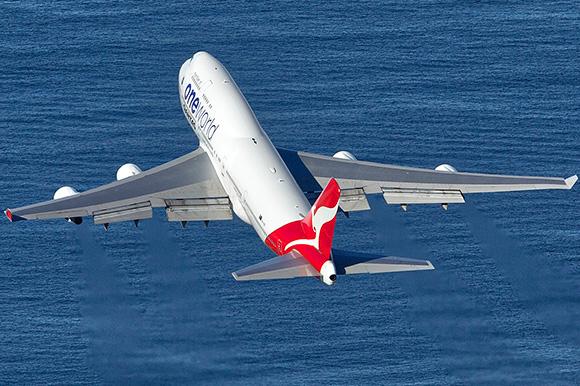
Auckland Airport (AKL) is seeing a strong rebound in traffic from Australia following New Zealand’s latest border reopening move, and airlines are preparing to add more routes when travel resumes from other overseas markets.
Australian residents were allowed to enter New Zealand quarantine-free from April 12, fully restoring two-way travel flows between the two countries. Quarantine and isolation requirements for returning New Zealanders had already been dropped in March.
The biggest travel day after the reopening was April 15, with Easter weekend coinciding with the start of a school holiday period. More than 10,000 international passengers either departed from or arrived at AKL on that day, said Scott Tasker, the airport’s aeronautical commercial general manager.
The April 15 total was the highest since the beginning of the COVID-19 pandemic, reaching about 30% of pre-pandemic levels, Tasker said.
Qantas and its Jetstar subsidiary significantly boosted their flights to New Zealand following the reopening measure. The Australian carriers scheduled about 30 flights per week combined from April 12, up from just 2X-weekly service in mid-March.
This brought Qantas Group closer to Air New Zealand, which had already increased its trans-Tasman services. Air New Zealand is the market leader with a 62% share of capacity between the two countries, according to data from CAPA and OAG. Virgin Australia is yet to resume its New Zealand flights.
The increase by Qantas and its Jetstar subsidiary is an “important dynamic” as it means airlines from both countries are now regularly flying the main city-pair routes, Tasker said. This increases competition and consumer choice, which is particularly vital in a high-traffic market such as Australia-New Zealand, he said.
Passenger demand already appears stronger than during a short-lived travel bubble that was established between Australia and New Zealand last year. There was an imbalance in demand during the travel bubble period, with bookings from New Zealand much lower than those from Australia. Some of this reluctance to travel was due to the potential for short-notice flight suspensions.
Tasker said there is no such imbalance evident this time, and New Zealanders are already proving they are eager to book flights to Australia. “It is a very different situation than last year,” said Tasker. “Everyone has more confidence that the border settings are more stable.”
Despite the growth in Australian travel, Auckland Airport’s overall international volume is still down significantly. The airport currently has about 15 airlines serving 25 international destinations, versus nearly 30 serving 43 destinations before the pandemic.
International services are set to increase in the coming months, Tasker said. Some overseas airlines are planning to resume their routes to New Zealand, while others are adding flights or frequencies.
“We’re seeing some really positive signals and confidence on the airline side,” Tasker said. This will help spur “a recovery in capacity, competition and network.”
Notably, Singapore Airlines has maintained service to New Zealand throughout the pandemic. This has provided important connectivity via the Singapore hub, Tasker said.
Malaysia Airlines has been operating cargo services to Auckland and is now ramping up passenger flights.
